See here exercises examples for:
- Gluteal/pelvic strength
- Hip strength
- Shoulder strength
Progressing the double leg bridge from endurance to strength:
- Bridging (Double leg) isometric hold up to 1 min x 3
- Single leg bridge isometric hold 1 min x 2
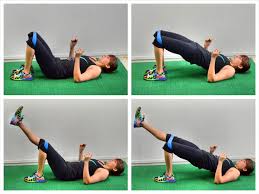
- Endurance training: 3 sets of high reps 15-20 (rest 60secs between sets)
Double leg Bridge

- Strength training: 3 sets of 8-12 reps (rest 1-2mins between sets)
Single Leg Bridge

Add weight to Bridge

- Strength training to power training: 3-6 sets of 3-6 reps (Rest 2-3 mins between sets)
Back squat
- Power training: 3-6 sets of 3-6 reps (Rest 3 mins between sets)
Hip thrust on ball or bench with weight across pelvis
Intra articular pathology leading to hip impingement may include:
- CAM
- FAI
- Chondropathy
- Labral pathology
Non-surgical management, best evidence to date:
- Activity modification
- Physiotherapy
- Treating impairments of trunk control
- Treatment for hip muscles, education and advice
- Education: load management, position of impingement, pathology, prognosis
Those with pathology present with the following impairments:
- Reduced ROM (IR and flexion)
- Reduced hip muscle strength (esp adduction, abduction and extension)
- Reduced functional task performance (squat)
- Changes in dynamic balance
- Alterations in gait
Goals to target in rehabilitation:
- Trunk control
- Hip strength
- ROM optimization
- Balance training
- Neuromuscular control
- Functional sports specific
Exercises examples to consider with hip impingement:
Hip abductors & Extension:
- Double leg Bridge with band
Endurance to strength:
- Bridging (Double leg) isometric hold up to 1 min x 3
- Single leg bridge isometric hold 1 min x 2

- Strength training: 3 sets of 8-12 reps (rest 1-2mins between sets)
Single Leg Bridge

Hip Adduction/IR with band:
Endurance to strength:
Bridging (Double leg) isometric hold up to 1 min x 3
Single leg bridge isometric hold 1 min x 2

- Strength training: 3 sets of 8-12 reps (rest 1-2mins between sets)
Single Leg Bridge with adduction moment with band


Hip extension:
- 4-point kneeling with Donkey Kick
- Endurance 2 x 20 reps
- Add band for rotational moment
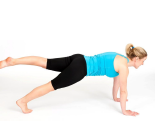

Progress to Standing Hip extension
- Strength: 3-4 sets of 12-15reps

External rotation/abductor strength:
- Clam, side lying leg raises
- Endurance: 2 sets of 20
- Strength: 3 sets of 12-15 increase band or use cable machine
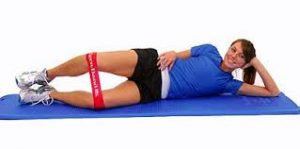
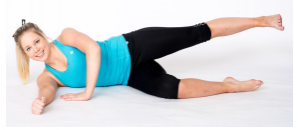

Trunk control
- Side plank
- Endurance 3 x isometric hold 1min

Strength: 3 sets of 12 reps each side

Balance
Single leg Stand timed 3 sets of 1 min


Important not to strengthen in impingement positions:
- position of impingement 90% in ADLs, not always in sport
- take patients out of impingement positions in ADLs eg. sitting
Check out this great interview with Dr Jo Kemp – Leading researcher in FAI
Here Dr Jo Kemp Explains non-operative Treatment of Hip pain
Scapula Dyskinesis/Shoulder impingement:
- Considerations include: anterior tilt, downward rotation, winging, scapula depression
- Upward rotation through scapula for abduction
- Look out for hitching
Cools et al (2013) presented an algorithm which further explores how scapula rehabilitation can be incorporated into the treatment program.
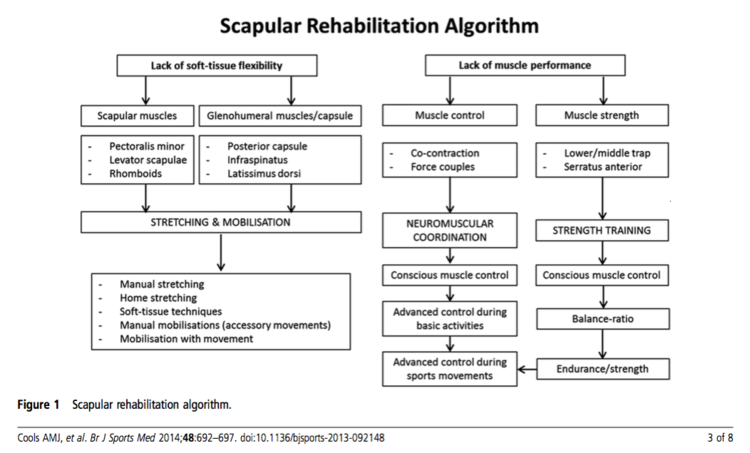
Clinicians should also aim to restore cervical and thoracic spine mobility, lower limb kinetic chain strength and dynamic motor control and core stability.
Type of Exercise:
- Recruitment first
- Endurance
- Strength
- Hypertrophy
- Concentric
- Eccentric
- Plyometric
Goals:
- Correct and facilitate the scapula through ROM, abduction, flexion, elevation, scapula setting,
- Neural activation
- Endurance,
- Strength
Dosage
- Contraction usually up to five seconds
- Recruitment 3 x a day, up to 20 reps or 80% fatigue
- Endurance 2 x a day, up to 2 sets of 20
- Strength 2-3 x a week, up to 3 sets of 12-15
- Hypertrophy 1 per week, 6 – 8 reps, 4 – 6 sets
Motor Control / Recruitment
- High repetitions/multiple times a day
- 20 repetitions/1-2 sets/3 times a day / Low % MVC
- One set of 60 – in 10 – 15 mins – no fatigue or pain
Example: scapula correction/ setting/ recruitment
Phase 1: 0-4 weeks
Stage 1: Upward Rotation, shrug at < 30deg
Endurance: 2 sets of 20 / 3 x daily –fatigue
- 5kg progressions, progress to TB
- isometric humeral head
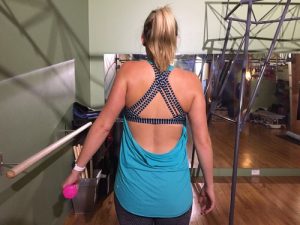
Stage 2: 0- 45deg – shrug with co-contraction of humeral head
Stage 3: 45- 90 deg shrug
if can do no pain then progress gradually (0.5kg increments)
Strength: 4kg 3-4 sets of 8-12 reps, through range

Phase 2: 4-8 weeks
ER side lying with arm
Endurance: 2 x 20reps
- Progress to weight with scap set
Strength: standing scap set with red rubber then ER with rubber 3-4 sets of 8-12
- Progress with weight
Lower traps
Endurance: 2 sets of 20
Strength: prone at 90degs, then 120deg – 3-4 sets of 8 -12
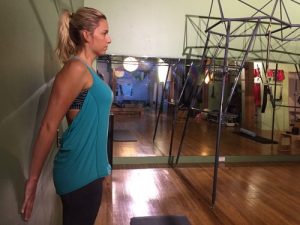

Serratus anterior
Endurance:
- scap set with red rubber and flexion on 45deg angle
- 2 sets of 20 reps
- progress to 90deg bilateral row
Strength: cable punch with weight 3-4 sets of 8-12
- Push up and push up plus 5 sets of 8 reps
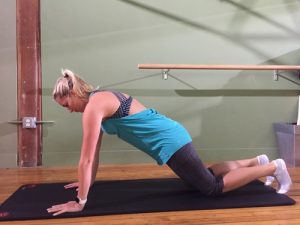
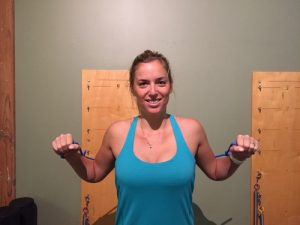
Infraspinatus & Teres minor
- Endurance: Sidelying ER with band 2 sets of x20 reps
- Strength: ER higher ranges abduction and cable machine weighted
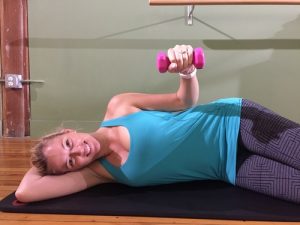
Support Texts/Articles/Medias
Figures: http://www.raynersmale.com
